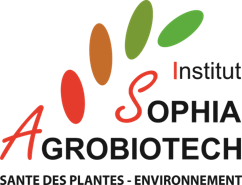Environmental factors driving infestations of a keystone winter fruit by an invasive and a native fruit fly
Résumé
In temperate regions, most insect species overwinter in diapause while others continue to be active, feed, and possibly reproduce despite adverse climatic conditions. For fruit flies which remain active winter long, the presence of winter-available fruit is crucial for population persistence. This study aimed to disentangle the relative effects of climatic, landscape, and local factors on infestation rates of an important winter trophic resource, mistletoe (Viscum album) fruit, by drosophilid flies. Mistletoe fruits were sampled between January and July 2022 in seven regions of France, across a wide range of climatic conditions from Mediterranean to temperate oceanic. The fruits were used both by the invasive Drosophila suzukii and by the native D. subobscura in the latter part of winter and throughout spring, suggesting that this resource may assist these species to overcome the winter bottleneck. Infestations by both flies were positively associated with the presence of fallen mistletoe fruit on the ground and semi-natural (forest, hedgerow) and anthropogenic (garden, park) habitats. The mistletoe’s host tree species also influenced the fruit infestation rate. Drosophila suzukii infestation rate was positively impacted by the accumulated thermal energy (‘degree days’) in the previous 14 days. Mistletoe could act as a catalyst for the development of spring D. suzukii generations and should be considered in the context of integrative pest management strategies to prevent early infestation of crop fruit.






